From English, the name of this type of flower garden is translated as mix – “to mix” and border – “border, border”. This fully meets all the features of mixborders, about which the portal Our site decided to tell you in detail. Let’s see how such flower beds look like, what can grow on them.
Describing various types of flower beds and flower beds, the portal mentioned mixborders. But this noticeable and very popular element of landscape design deserves special attention..
So, we are talking about a mix, mixing of different plants. And not necessarily just flowers. Mixborders can include shrubs, bonsai, conifers, herbaceous plants. Today, mixborders are popular, which include vegetables. For example, bright peppers or savoy cabbage.
Mixborders can be annual or perennial. The latter are more popular, since you do not need to plant everything again every spring..
There are also two main types of mixborders:
- One-sided. They are always located at the aisle, along the path, by the fence, along the wall of the house or outbuilding. Since the view of such a flower garden opens only from one side, the tallest plants are placed in the background, including shrubs and conifers. In the foreground, flowers are undersized, creeping, ground cover;
- Bilateral. They are located in the center of the lawn, between two paths, that is, a view from both sides. In this case, tall plants are planted in the center of the flower garden, in the middle. And on the sides on both sides – undersized, dwarf.
In terms of color, mixborders can be polychrome and monochrome. That is, sustained in one color scheme, for example, red or yellow, or bright, multicolored, based on contrasting shades.
One of the principles of creating the right mixborder is that its width should not be more than twice the height of the tallest plant. Otherwise, the flower garden will look sloppy, too sweeping. But mixborders actually often perform the task of dividing the site into zones, emphasizing the location of the paths and framing freestanding buildings.
The second principle to follow is to choose the plants so that the mixborder looks attractive throughout the flowering season. That is, the flowers should replace each other. Such a bed of continuous flowering will delight the eye all summer.
The third principle of creating a mixborder is randomness. Unlike a flower border and a flower bed, flowers are located here freely, their groups mix with each other, smoothly flow into one another. As a result, the flower garden looks more natural. But at the same time, one should not allow the impression of a neglected and neglected garden.!
Now we will give you some examples of combining plants in a mixborder:
- A flower bed of continuous flowering – in spring, muscari, hyacinths and tulips; in the summer – herbal carnation and roses; in the fall – three types of barberries with different foliage colors. The stable point of this mixborder can be a daylily, which pleases the eye with yellow flowers all summer;
- A flower bed with vegetables and medicinal herbs – decorative sunflower, Swiss chard beets, physalis, paprika, asparagus, Jerusalem artichoke, horseradish. You can complement such an ensemble with roses and peonies, it will turn out unusual and beautiful;
- A mixborder that can be grown in a sunny, arid area – bellflower, crested serrata, fragrant rue, yarrow, narrow-leaved chamenerion, Echinacea purpurea, white-tomentose dubrovnik. Such a flower bed, even in a dry hot summer, will have to be watered no more than once a week;
- Rustic mixborder – oregano, mallow, meadowsweet, three varieties of bells, three types of iris, hyssop, stem rose, ornamental sunflower, white-tomentose dubrovnik and creeping tenacious;
- Purple-purple mixborder – round-headed onion, thyme, oregano, thick-leaved bergenia, purple echinacea along with common sycamore, quinoa, amaranth and castor oil plant;
- Another floral and vegetable mixborder, but kept in warm colors – calendula, fiery red beans, tall nasturtium, red-leaved salads, parsnips, chrysanthemums, creeping clover, paprika, marigolds and red-peted chard.
Whether to frame the mixborder, for example, with a curb or a low fence, is up to you. Maybe you need to protect your plants from pets. Or just a flowerbed with a frame of wooden chocks, for example, will look more beautiful. In general, a mixborder often does not need to emphasize its border at all..
By and large, there are no restrictions on the choice of plants for a mixed flower garden. Be guided by your imagination and listen to your sense of style.
Mixborders on the site: design examples, selection of plants
Mixborders can help you create a stunning landscape design for your property. These designs provide an optimized combination of plants and shrubs that are suitable for your climate and soil type. With a mixborders' mix of both tall and short plants, key features of your landscape will be highlighted, with accentuating groundcover plants that can make a big impact. Plant selection also comes easy with help from mixborders' extensive catalog of plant types, with detailed information to help you make the right choice. With mixborders, your landscape will have greater appeal and a better chance of success.
Improvement of the territory

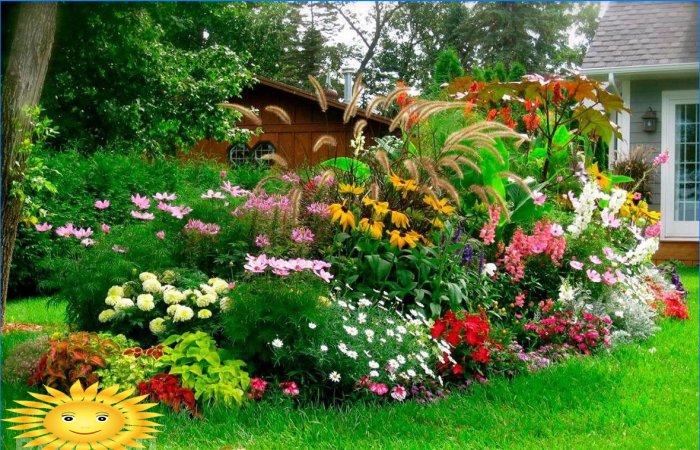

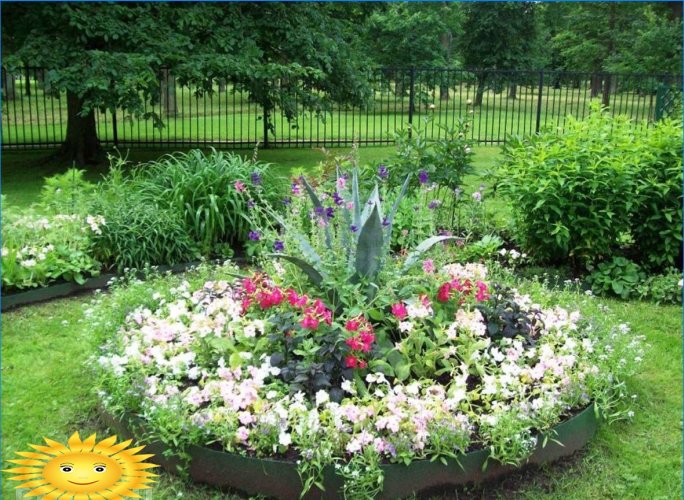


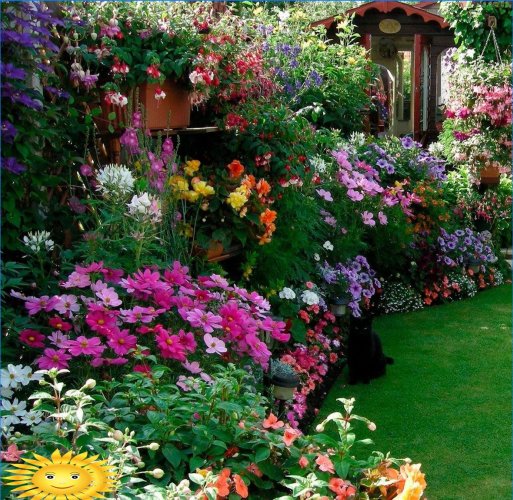
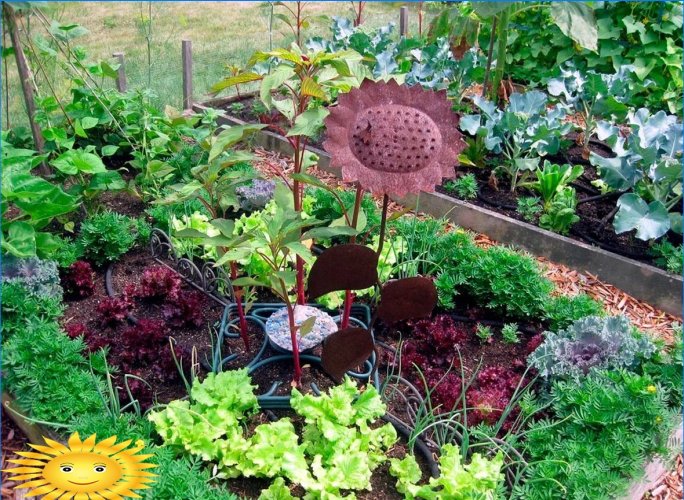
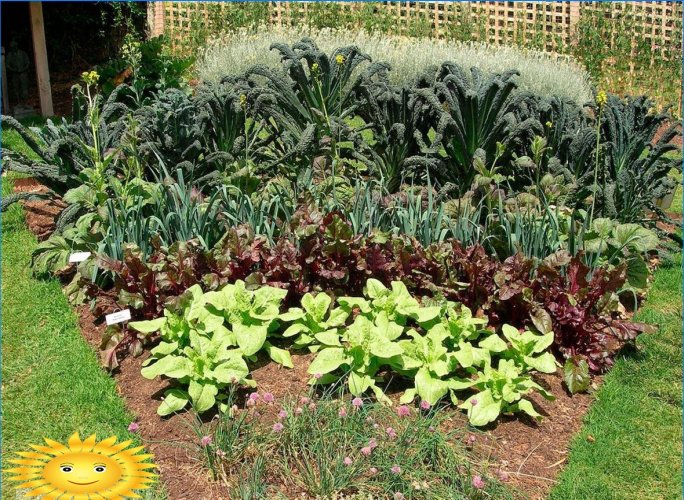
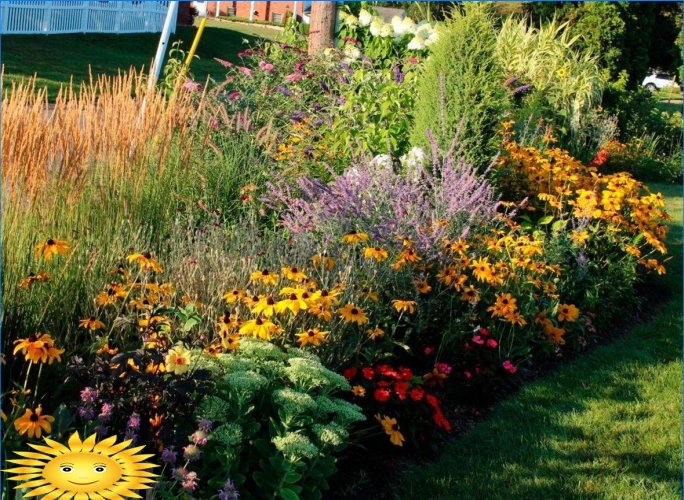



What are some key design examples and plant suggestions for mixborders that can be found on the site?
Some key design examples for mixborders could be incorporating plants with different heights, textures, and colors to create visual interest. You can start with taller plants at the back and gradually transition to shorter ones towards the front. Plant suggestions could include perennials like lavender, coneflowers, and salvia for their long-lasting blooms. Ornamental grasses like feather reed grass or blue fescue can add movement and structure. Adding evergreen shrubs like holly or boxwood can provide year-round interest. Ultimately, the selection of plants depends on your climate, soil conditions, and personal preferences.